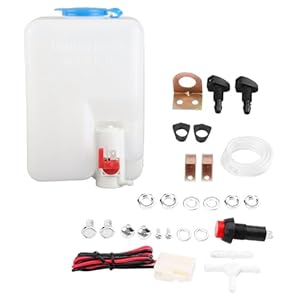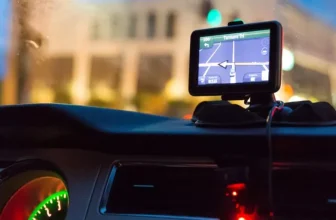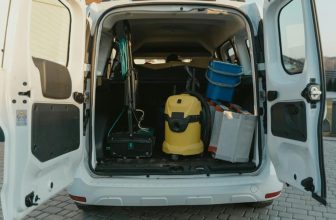
As you navigate the roads, mastering defensive driving is key to safeguarding yourself and others. Imagine being able to anticipate potential dangers before they even arise, giving you a sense of control and confidence behind the wheel. Picture yourself maintaining a safe distance from other vehicles, providing you with precious reaction time in case of sudden stops or hazards. These are just a few aspects of defensive driving that can transform your driving experience. But how exactly can you achieve this level of mastery? Stay tuned to uncover practical tips and strategies that will elevate your defensive driving skills to new heights.
Understanding Defensive Driving Principles
To master defensive driving principles, practice anticipating potential hazards on the road. Keep a safe following distance from the vehicle in front of you, allowing ample time to react if they suddenly brake. Remember to scan the road ahead, checking mirrors frequently to stay aware of your surroundings. Utilize your turn signals early to communicate your intentions to other drivers, promoting a smoother flow of traffic. Always obey posted speed limits and adjust your speed based on weather conditions and visibility.
Understanding the rules of right-of-way is crucial in preventing accidents. Yield to pedestrians at crosswalks and be cautious at intersections, especially when turning left. Stay vigilant for vehicles running red lights or stop signs. Additionally, be mindful of blind spots and avoid lingering in them for an extended period.
Developing Situational Awareness
Develop your situational awareness by constantly scanning your surroundings and staying alert to potential hazards while driving defensively. Keep your eyes moving, checking your mirrors every 5-8 seconds to monitor the traffic around you. Be on the lookout for erratic drivers, pedestrians crossing the street, or sudden obstacles in your path. Anticipate potential dangers by observing the behavior of other drivers, such as those who are speeding, tailgating, or weaving between lanes.
Maintain a safe distance from the vehicles in front of you and be prepared to react if they suddenly brake. Look ahead to identify any upcoming intersections, curves, or construction zones that may require you to adjust your speed or lane position. Avoid distractions like texting, eating, or adjusting the radio, as they can divert your attention from the road.
Practicing Safe Following Distances
Enhance your defensive driving skills by maintaining a safe following distance between your vehicle and the one in front of you. Keeping a proper distance allows you to react effectively to sudden stops or changes in traffic flow, reducing the risk of rear-end collisions. The general rule of thumb is to maintain a following distance of at least three seconds, which provides you with enough time to stop or maneuver safely if needed.
To determine the appropriate following distance, pick a stationary object like a sign or a tree. When the vehicle in front of you passes that object, start counting ‘one thousand and one, one thousand and two, one thousand and three.’ If you pass the object before completing the count, you’re following too closely and should increase your distance.
Mastering Emergency Maneuvers
Master emergency maneuvers by practicing swerving and braking techniques in a controlled environment, such as an empty parking lot. These maneuvers are crucial for avoiding accidents or obstacles on the road.
When practicing swerving, remember to grip the steering wheel firmly but smoothly turn it in the direction you want to go. Avoid overcorrecting, as this can lead to losing control of your vehicle.
Additionally, practice emergency braking by slamming on the brakes while keeping the wheel straight. This helps prevent skidding and allows for a quicker stop.
Develop muscle memory for these maneuvers so that they become second nature in case of a real emergency. Remember, in an emergency situation, every second counts. By mastering these techniques, you increase your chances of safely navigating unexpected hazards on the road.
Regular practice will also help you build confidence in your ability to handle difficult driving situations. Stay safe and always be prepared for the unexpected.
Automotive & Tools














